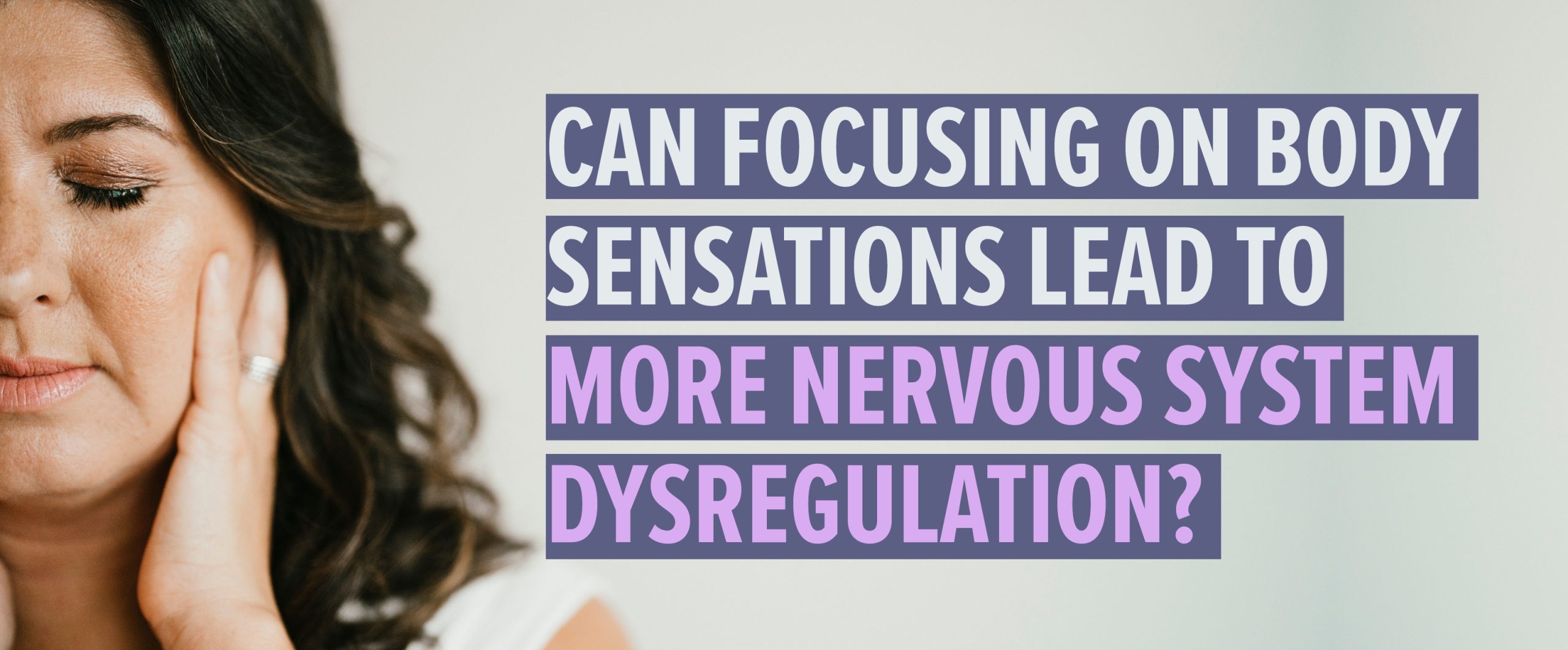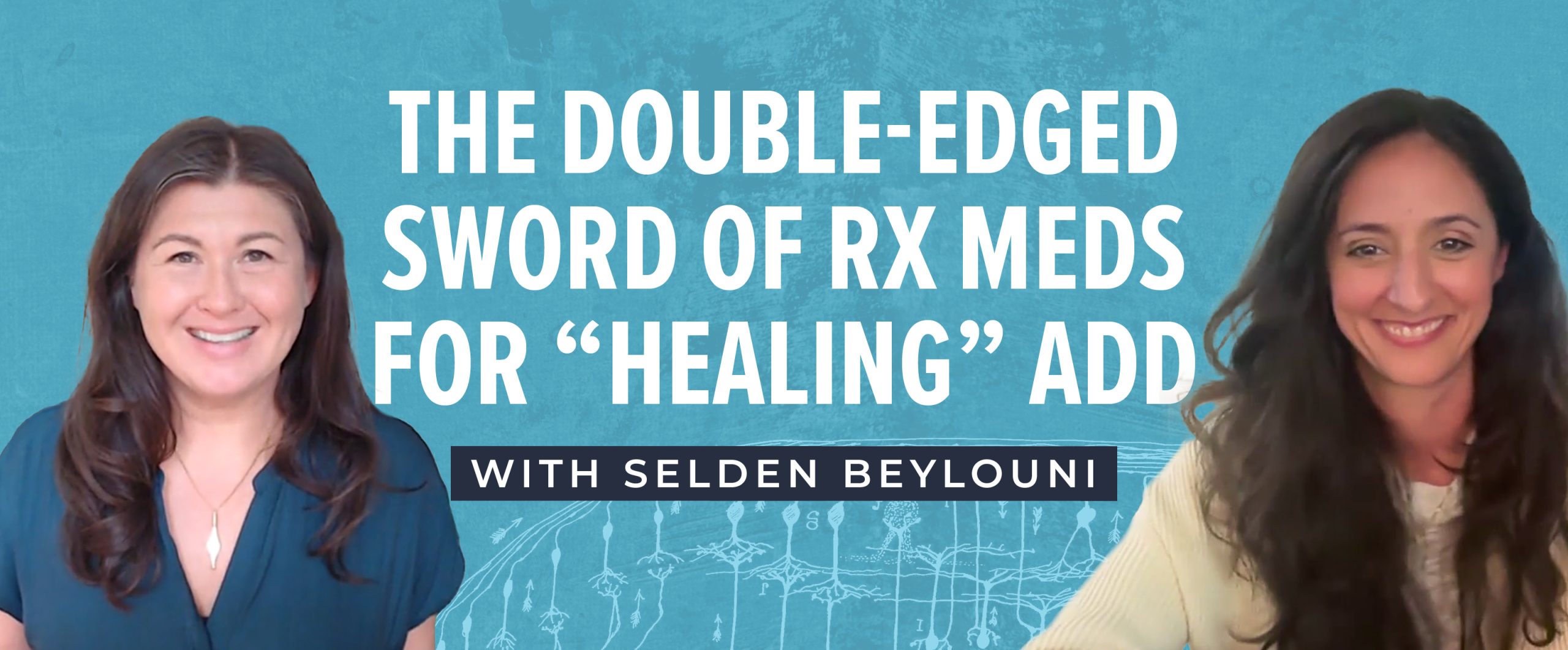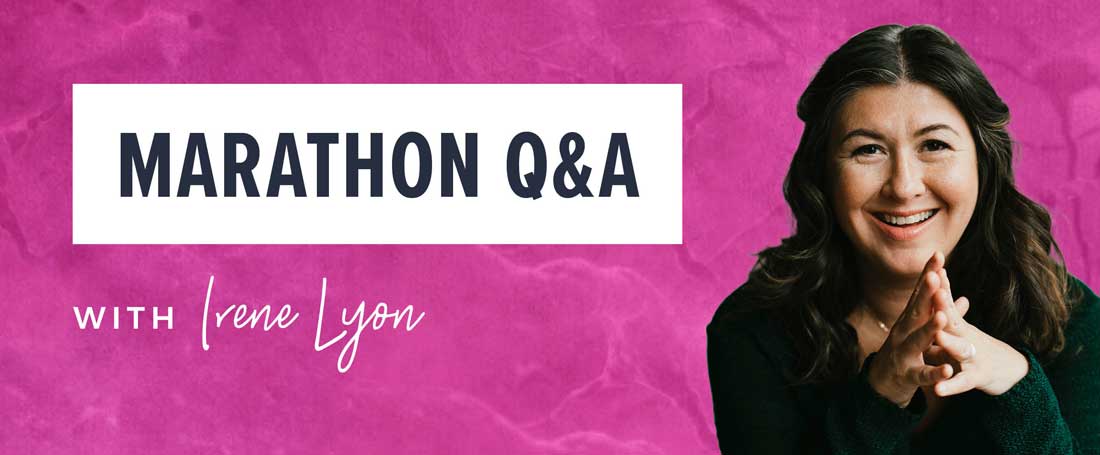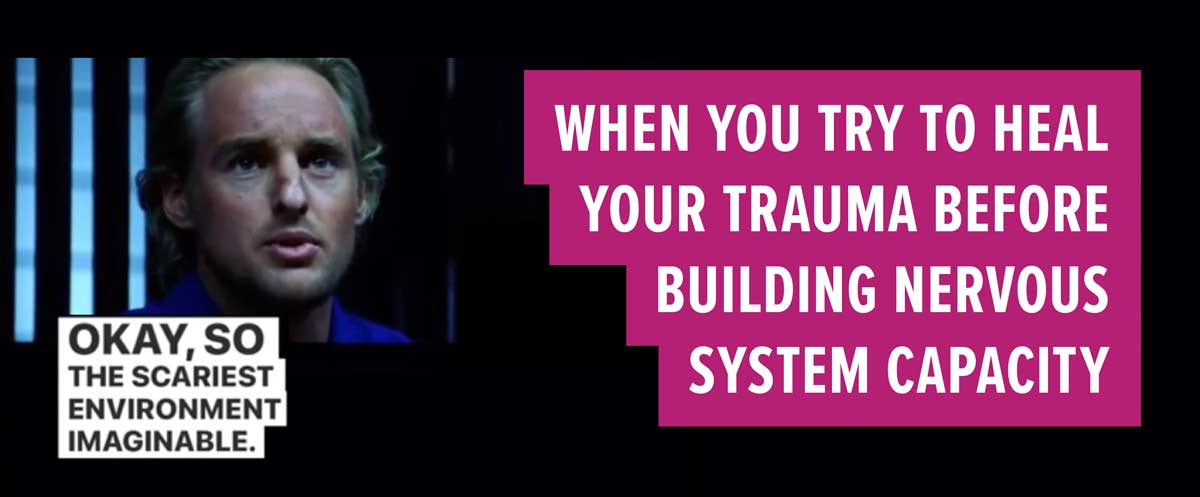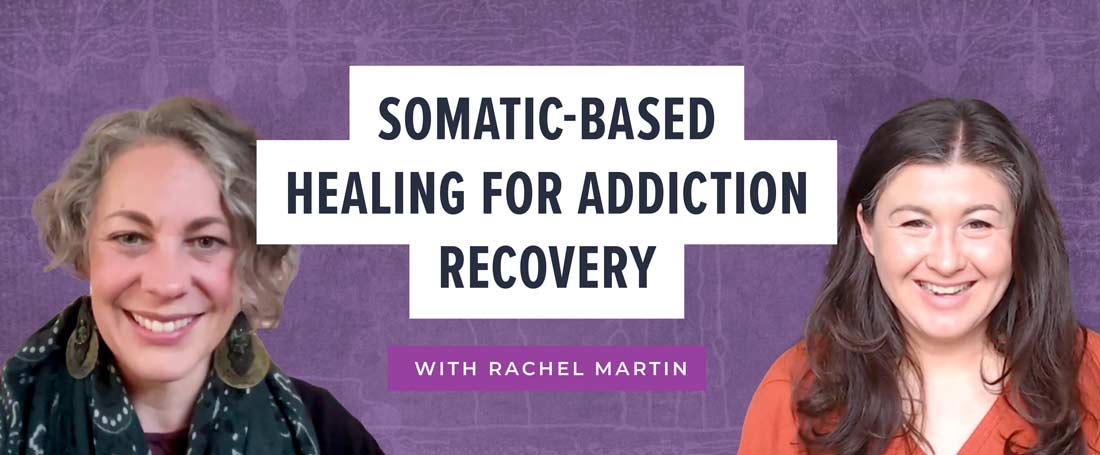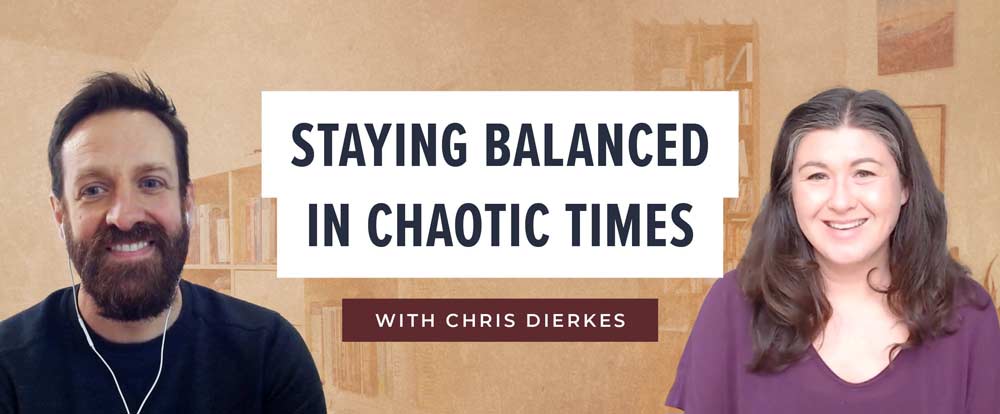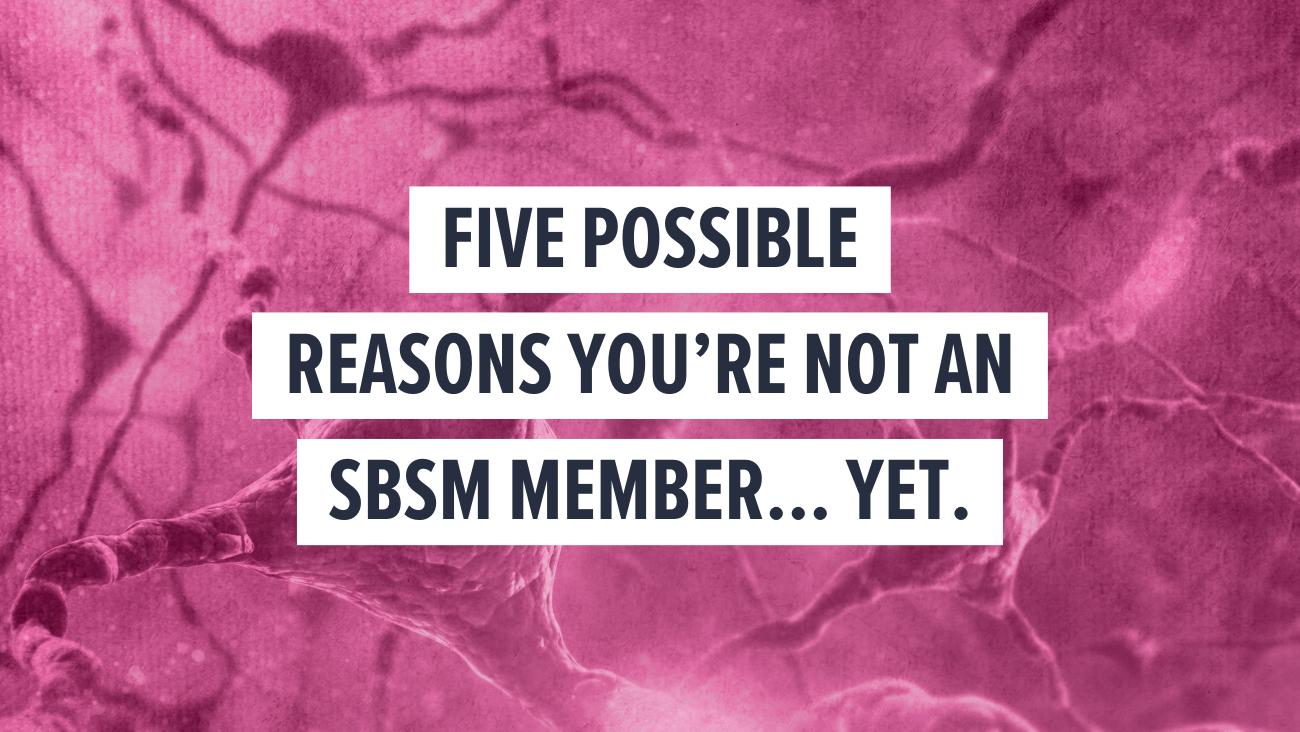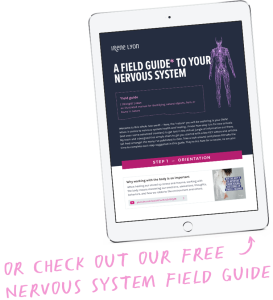This article was originally posted by Irene on the Medium platform on November 30, 2016.
* * *
The mind-body industry is captivating. It’s slick marketing and soulful promises. The hip clothing lines, pretty faces and exotic retreat centres promise to draw us away from the daily grind so we can find inner peace and heal a lifetime of stuff in just ten days or less.
Ok, so I’m generalizing a little, but it’s all bullshit if you ask me.
This portrayal of beauty and light isn’t the path to true human healing from what I, my colleagues, and my clients have experienced.
We’ve all been brainwashed to think that deep healing can occur by repeating a personal mantra that we need to pay for or filling up a forest’s worth of pretty journals with our favourite pen, alongside our perfect cup of designer herbal detox tea — all while Instagramming it up with stylish filters so we get the “like” validation that we’re doing a good job. THIS is not helping us. It’s delusional.
The amount of unresolved trauma walking, or shall I say ‘floating’, around all zen’d out and ungrounded, known by some as spiritual bypassing, seems to be growing evermore and it seems to be thriving in tandem with the violence and hate that we ‘thought’ we’d grown out of.
Not too long ago, a guru in the marketing world (whom I respect, deeply, and still do) predicted that mindfulness is going to bring humanity up a notch but I’d love to challenge this (and him) because this story has the potential to go sideways if we don’t get the appropriate education on this topic.
This is the start of a conversation around what I’d like to coin, The Mindfulness Bubble.
I predict this bubble has similarities, as well as its own insidious traits, to the housing loan bubble that exploded, which led to the housing market collapse in the United States, and then the worldwide financial collapse of 2008.
I’m predicting that if we don’t look at these similarities (I speak about the big ‘ah-ha’ moment I had while watching the movie The Big Short down below) and get educated on what mindfulness, mind-body healing and meditation is for, when and how to use it effectively and, most importantly, safely, we’ll continue to delude ourselves into thinking we are doing good healing work, when we are in fact doing nothing at all, or even making things worse.
I do believe a revolution is upon us. But we need to walk this path carefully and with more intelligence if we want this revolution to go in our favour.
The well intentioned nature of mindfulness and meditation
This healing delusion starts innocently.
But sooner or later, many people feel a metaphorical slap in the face when they realize they’ve invested thousands of dollars (for some it’s tens to hundreds of thousands) on gurus, spiritual tribes, fad-driven online products, services, and detoxification protocols, only to realize they are just as confused about their ongoing health, relationships and/or career crisis and ‘stuckness’ as when they started.
Perhaps they noticed a little improvement, but in the end nothing ever stuck long enough to create lasting change that didn’t need constant upkeep.
This is something I’ve been seeing for some time now. It has hit me personally in my own collegiate realm and I’ve been the mama bear who has helped those that have been suckered into what one might consider, if you break it down, a fraudulent mind-body and self-help industry.
(Again, to cover my butt here — I understand these are deep generalizations. I have colleagues and people I do trust who don’t delude people into quick fix mind-body practices and who understand the power of feeling and working with fear, anger, disgust — the dark side of our emotions and ourselves, not to mention the immense pain that it can carry. But more often than not, the norm is the pretty stuff that’s nice to look at, but never digs into the real dirt.)
To avoid fraud we need to go deep into the autonomic nervous system, understand trauma, and the healing of it
My colleagues and I focus on healing the mind-body and environment interface at this autonomic nervous system level.
We recognize a 1) bottom up approach, 2) top-down approach and most importantly 3) all the in-between’s of #1 and #2, plus the entire collective intra- and inter-human experiences.
Most of them, and myself, are trained in the lineage that Peter Levine, founder of Somatic Experiencing, created as well as its sought-out offshoots such as Kathy Kain’s work, Somatic Practice, and others such as Pat Odgen and her method of Sensorimotor Psychotherapy.
When trained at this somatic nervous system level specifically, our work helps to:
1 — Educate people on the importance of ‘being educated’ around their autonomic nervous system and how their stress neurochemistry works so they feel more empowered and in control when overwhelming sensations and/or past traumatic memories might hijack them. Having a solid education in place helps a person feel less like a failure when something backfires in their healing regimen — because let’s face it, things don’t always go as planned and it’s important to set the foundations for setbacks.
2 — Further to this basic level education, it’s important to help people understand the link between their stress neurochemistry and its impact on all other organ systems in the body and brain so people aren’t trying to just fix surface layer issues. We throw around the fact that stress causes disease, but we’ve been clumsy at actually educating people on why this is so. With trauma, our stress physiology does run the show, but when we can understand it better, and work with it internally — what I consider to be the real inner game work — we can shift the system around for the better.
3 — Help people heal their nervous system physiology by lessening and releasing stored up survival responses, namely our fight, flight and freeze responses (this ties in with point #2.). These survival responses get turned on when we encounter chronic, overwhelming, traumatic stress, abuse or threat that we are helpless to. It’s important to note that time does not heal these wounds, only actively working with them does.
4 — Bring light to the impact of early trauma and adversity on all human systems and how our early imprints, even what occurred to us while in utero and transgenerationally, impacts our capacity to function well and with vigour in our adult life.
5 — Help people rebuild, or perhaps build for the first time, a resilient and regulated autonomic nervous system (ANS) that speaks to all organ, hormonal, immune, cardio, neuro and muscular systems in a way that is optimal for the health, repair and regeneration of cells and tissues, not the other way around. (When our ANS is not healthy and in chaos, this is what leads to chronic illness and, if left too long, autoimmune disease wherein the body attacks itself.)
No one is immune from nervous system trauma
As I work with more people (worldwide) who are unwell, lacking life force and aren’t getting better with medicine of ALL kinds (allopathic, herbal, homeopathic, Chinese medicine, other Eastern methods, mind-body, energy work, and so on), I sense we need to understand the full story of how the human system, and its physiology, gets sick from a biological and survival (autonomic nervous system) point of reference.
A sick autonomic nervous system doesn’t only happen to the severely abused, mistreated and post-war individual suffering from PTSD.
We are more inclined to suffer in adult life when we’ve been through war or disaster, or were subjected to a dysfunctional home-life and/or there were early medical interventions or traumatic events that threatened a child’s sense of safety, or life. But even those brought up with ample, even excessive financial support and had their basic needs met, but who were never good enough, were not attuned to or allowed to express themselves freely, shamed for lack of drive, and forced to perform for their love and care; even these folks (who make up a huge portion of affluent society) suffer later in life from mental, emotional and physical difficulties that the medical system often can’t understand or address effectively.
Mindfulness and meditation is not for stress relief — it’s for spiritual awakening
In a wonderfully titled piece called, Why this gay Buddhist teacher is dubious about Buddhist refuge in the Trump era. He writes:
“You may be surprised, for example, to learn that meditative interventions which are helpful for a person with a nervous system which has not been impacted by trauma might be counterproductive or even harmful to a person with a trauma history. We in the trauma field are constantly working to repair the harm done by mindfulness teachers who have no education about trauma or who believe the dharma is itself a sufficient path to the resolution of trauma. I can’t say this firmly enough: It isn’t!”
Exactly! I could not have said this better myself.
Just like we’ve taken the ancient Eastern tradition of Yoga, designed to prepare the body for meditation, deeper self-awareness, spiritual awakening and have turned it into a just another form of workout, we are in the midst of tainting, and in my opinion poisoning, the essence of meditation and mindfulness.
My good friend and soul coach, Chris Dierkes, wrote this to me when I brought to his a attention a meditation centre I came across that is handing out meditation teacher certificates after a two week stint at an exotic Indian location. He writes:
“Meditation was for spiritual awakening. It was NOT for making you feel better. It was not for getting rid of anxiety (if anything when you get serious enough into meditation for a time it massively INCREASES anxiety.) It was not meant to help relieve pain symptoms. Those might happen as side effects (positive or negative in nature depending on the person) but that was definitely not the purpose.”
Most mindfulness marketing is geared to stress relief and helping some form of pain
This is where the fraudulent activity starts.
The subtleties of mindfulness practices, coupled with the cleverness in how western humans can micromanage their emotions, body sensations and even physical illnesses internally, means that if we aren’t careful in how we enter into these practices, a big bad boom is going to occur. This is especially true if we don’t offer mass scale education on trauma and nervous system physiology for all mind-body practitioners, healers and helpers.
Thankfully my colleagues and I, in Canada and America, are starting to do this, but not to the degree that the mind-body industry pumps out newbie yogis and meditation teachers.
Mindfulness is being touted as a panacea and it simply isn’t.
The neurosequential nature of healing our nervous system and brain
There’s a concept called neuroplasticity, popularized by Norman Doidge, MD., and he suggests, and I’ve extrapolated this into my own teachings, that how we heal and rewire our faulty brain patterns and nervous system wirings that don’t serve, and even harm us, which are built from adversity, stress and basically ‘the bad stuff that happens to us’, needs to be sequential.
For example, before we can do more advanced higher brain and differentiated learnings and tasks (such as creative thinking, complex movement, deep connected relationships, and yes, mindfulness), we must neuromodulate our nervous system.
Neuromodulation means to bring a person and their stress chemistry out of hyper-arousal . In other words, out of a negatively stressed out state.
From what I’ve seen, most folks enter into the more complex levels of neuroplastic differentiation before neuromodulation ever happens. This is why so many people end up still not well after the initial stimulus , say a meditation or silent retreat, or a mind-body practice , has woken up their system to something new. They get a new quality of feeling from this new impulse into the brain and body, but if that underlying stress chemistry wasn’t actually worked on specifically, and internally, it’ll still be there.
What happens is that after the novelty of this new set of exercises, or breath technique, or mantra, or type of mind alteration has settled, the person will still feel their anxiety, or pain, or spiraling negative thoughts.
So, they have to go back for more. They need the meditation (the practice) like a junkie needs their next hit . They can’t let go of control and just live and go about their business. They always need a routine, a practice, to keep them in control.
Gabor Maté, renowned author and physician specializing in chronic illness, attention deficit disorder (ADD) and addiction, writes in his book, When The Body Says No — The Cost of Hidden Stress:
“Awareness also means learning what the signs of stress are in our own bodies, how our bodies telegraph us when our minds have missed the cues ( … ) in both human and animal studies, it has been observed that the physiological stress response is a more accurate gauge of the organism’s real experience than either conscious awareness or observed behaviour.”
To review, a powerful and potent mindfulness practice, spiritual development, and enlightenment (if such a thing exists) cannot occur when a person’s brain and autonomic nervous system is either:
A) On hyper-alert looking for their next attacker or verbal abuser, or:
B) Shut down because the intensity of the scary world that was their childhood is still present in their neurophysiology today.
Let me me explain:
The person in point B is more common that we realize. It is often these people that flock to the stillness of contemplative practices because the slow and quiet nature of those practices matches their neurochemistry: shutdown and more low muscular tone.
Whereas the person in point A will be drawn to excessive forms of management, excess activity and intense exercise. These are, literally, those Type A people and the workaholics who have a routine and regimen for every circumstance. They are masters at being hyper-focused on keeping things in their world under control so no one can throw them off.
Simply put — we can’t truly learn when our neurochemistry is afraid.
This is an important piece that’s not being taught in mainstream healing and helping industries, of which mindfulness, meditation and yoga practices, just to name a few, are a big part of.
Let’s Dive Into The Mindfulness Bubble Concept
Did you ever see the movie The Big Short?
This is the movie that depicts how fraudulent mortgage loans in the United States, leading up to 2008, paved the way for the massive housing market ‘bubble’ being burst into what became a worldwide financial collapse.
A lot of people lost a lot, including their lives.
This was seen coming a mile away by a few eccentric experts, but no one wanted to listen to them:
To share an excerpt from this move which you can watch here:
The crazy guy in the movie said:
“I’ve found something really interesting — the whole housing market is propped up on these bad loans, they will fail.”
Then sane guy in the suit says to the crazy guy:
“The housing market is rock solid!”
Then the crazy guy said back:
“It’s a time bomb!”
Who do you think was right? The crazy guy of course!
I feel like one of the guys that saw it coming, but in this case, I see this massive collapse coming in the mind-body industry.
Just watch the movie trailer and replace ‘Housing Loans’ with the ‘Prescriptions’ people are being given to meditate and seek out a mindfulness practice for less stress and so on.
And for the record, I’ve got nothing against a healthy loan, or a healthy mindfulness practice. Some people will know how to work with a legit loan, and know how to sniff out fraud, but many won’t — just like what happened pre-financial collapse of 2008.
If I switch over to mindfulness…
Those who have trauma stored up in their systems, as I’ve alluded to up to now, won’t be able to sniff out the bad apples because their sense of safety, something called ‘neuroception’, is faulty. They’ll be mesmerized by the promise of a shiny life on the other side ; the guru’ish-ness and the good looks of the teacher, or the clothing brand, or that photoshopped mountain top with prayer flags blowing in the wind.
There is a disservice that is being presented to so many without them even knowing it. It’s no one’s fault. And it’s everyone’s fault.
I’m going to say the underlying sickness of un-awareness and a promise of a quick fix, that is insidious in western culture, underlies both the financial disaster of 2008 and my prediction of a mindfulness/mind-body industry collapse.
Unless of course we steer this ship into a different direction real soon.
What I’m writing and predicting goes against what so many researchers, experts, officials and doctors are saying is the next big wave that will save the world.
Cause, the research is out, and it’s right, right?
Mindfulness helps build up the brain and helps with stress reduction, focus and memory.
Sure, I could spend a month of my time slaving away to dig up and assess the peer reviewed scientific papers that show with statistical significance positive effects on human function and behaviour that mindfulness and meditation offers. But I’m not going to.
I haven’t scrutinized the research. I know what I’ve experienced in the field and to restate what I quoted above: If you come from a background of trauma and nervous system dysregulation, having mindfulness and mind-body practices as your entry point into healing is not advised. This doesn’t mean that you wouldn’t add it in after some basic foundational education and healing begins. But please, not at the start (save yourself some years, dollars and heartache.)
One of the things I learned when I did my short stint in academia was that research is flawed. Period. It studies specific variables, under certain conditions. The studies, unless epidemiological in nature, usually only take place over 8 or 12 weeks. When I was doing my literature review, finding a 6-month study was like finding a goldmine. What does this mean? The research we are using to govern our lives is based on a short window of time, under very specific conditions, and likely with people who have no resemblance to us!
I also learned in my time intervening with my human subjects, subjecting them to various protocols, pokings and proddings that some of the most impactful successes (dare I say “results”) were anecdotal. Meaning the most important findings, in my opinion, could not be reported, or published. This left a sour taste in my cells and is a big reason why I have refused to pursue a PhD.
What I did learn? How to trust my instincts and watch for trends. To follow not only what I was being told, but to balance that with what felt true, to me.
The real evidence for this impending collapse is in all the emails and private Facebook messages that I get — from students and strangers.
This is REAL TIME, in-the-field evidence that something is not right and we are doing a few things sideways , even backwards , when it comes to helping people heal for real. (The canary in the coal mine concept rings true here.)
I cry at least a few times a month as a result of the messages I get.
These are some common messages my colleagues and I get from people who come across, and/or experience, our work:
“Why isn’t this known by all doctors?”
“I’ve spent 20 years and 100k on treatments and meditations and it’s been only 5 weeks working on my autonomic nervous system and learning how to track my stress physiology and already I’m feeling massive differences at the root level — why don’t all people who are healers get taught this?”
Then, there are the emails that leave me torn because my colleagues and I number only in the thousands and there’s no doubt millions of these people who are suicidal, broke and have nothing left. They can no longer work and their symptoms, psyche and body is done. Their family and relationships are non-existent. They’ve gone to psychotherapists and psychiatrists and have been put on various anti-anxiety or depression designer drugs to help with their neurochemistry, only to realize after a while that this medication is causing more anxiety and more harmful thoughts than before. [Many of these medications, especially the benzodiazepines, are tougher than heroine to get off of!]
A lot of these people are also being prescribed mindfulness and mind-body techniques by their MD’s, based on the ‘research’, yet their doctors don’t understand the potential side-effects of a traumatized nervous system and brain being asked to “feel” and go “internal.”
Asking a traumatized person to go inside and feel their body and its sensations can be one of the scariest things in the world because that’s where all the chaos and stress is living, sometimes completely compartmentalized and unknown. Often it isn’t until they are taught a technique (via meditation or mindfulness, but without the ethics of these practices being taught first, or the foundations of tracking and being with sensation and emotion) that brings them up against that internal charge and the inner gremlins, that they then feel the ultimate horror, pain that’s been there all along , and then, BOOM! They fragment. Or ‘blow up’, as we call it in my colleague space. Then, their survival physiology holds a tighter grip on these internal demons and a person is left feeling defeated, hopeless, or, they numb it all out and eventually develop a chronic illness or symptomatology to take the place of the feelings unfelt.
It’s like a battlefield, but it’s happening inside their body.
As my colleague Chris Dierkes mentioned in his email to me, earlier in this article:
“…meditation was for spiritual awakening. It was NOT for making you feel better. It was not for getting rid of anxiety … it was not meant to help relieve pain symptoms.”
Yet people put trust in ‘meditation’ and ‘mindfulness’.
It’s heartbreaking to bear witness to the war that goes on in people’s bodies and minds all over the globe . The struggle to try and find the right solution to their persistent problems in the face of so many false promises and uninformed practices.
I’m choosing to write this, and of course, keep doing my work, in the hope the next person who Googles the phrase, “Why isn’t my meditation practice making me better?” or “Is mindfulness really effective?” or “Why are my symptoms getting worse after my 10-day Vipassana retreat?” might find this article. I hope they do.
These messages are only going to come in faster and with more horror as we move forward in time because time DOES NOT heal the wounds that are caused by a nervous system gone unwell due to trauma, adversity and abuse.
Specific practices and sequences of healing MUST be in place so people can move forward for real in their healing.
To bring this to a close, for now
There was a recent unveiling of past research that debunked a lot of the conventional ‘wisdom’ around nutrition, especially our intake of dietary fat.
It was popularized in Nina Teicholz’s meticulously researched book The Big Fat Surprise — Why butter, meat and cheese belong in a healthy diet, wherein recommendations for a certain type of lifestyle practice were completely refuted due to new information and better scrutinizing of the research.
Here’s a quick overview: Originally, a diet low in fat and high in grains was being promoted to help stave away heart disease. Now we realize that these recommendations were based on dodgy research and an attempt for one person to gain fame. But the systems that impose dietary regulations believed the suggestions and a whole nation went high grain mad and low fat crazy. Look where this got us — we got fat, and unable to burn fat, by cutting fat out of our diets!
Please remember that just because a few studies (even hundreds) show some positive effects with a certain practice and improvements in human function does not mean it can be extrapolated to all people and their varied histories and capacities.
So I wonder … ?
In 10 years will we be watching a movie based on a true story depicting how the mindfulness bubble finally blew apart in 2020?
I sure hope not.
I sense if we don’t wake up and create more systems that can help people heal at their nervous system level we have about 4–6 more years before all those who are ‘thinking’ they are working on their stuff will find themselves suicidal and/or in deep anxiety mode and/or in severe chronic illness. In many ways, this is already happening . Most ‘experts’ just don’t realize the original cause for why this is happening.
There are, I’m guessing, 100s of millions of people who have been led down the wrong path of healing and whose lives have been hijacked from them because the facts simply weren’t known by their helpers.
(If you do happen to be one of these people touting meditation and mindfulness but you don’t understand when it is contraindicated and when other measures for healing should precede it, then I’d love to chat with you. Send me an email — we need to work together on this and teach the global healing community these important distinctions.)
For many, it is actually too late and they’ll never know they were given the wrong information, or the healing methods were dosed out in the wrong order. They’ll never experience true life force energy and human wellness. They’ll die thinking it was their fault. That they were weak and destined to be unwell. This is more than unfortunate, it’s criminal, in my opinion.
As I mentioned above, this piece was ignited in my brain after watching the movie, The Big Short.
Knowing how this shady situation of bad loans and fraudulent banking went on for years, only to have it collapse and leave a lot of people devastated brings up some striking similarities between my experiences and observations helping people heal since 1997.
As I wrap this up, on my mind is a sentence from the that movie.
The character portraying Steve Eisman, who was one of those crazy guys who saw this coming, said the following when it finally sank in, around all the corruption that was going on:
“Everyone’s walking around like it’s a fucking Enya video.”
* * *
PS Sometimes we can enter into meditation and/or mindfulness practices without any prior foundational work and it will serve us well, but I’ve rarely seen this to be the case, especially in our first world nations where we’ve been bleached of feeling our internal body space and have not allowed (in our immediate family systems and culturally) intense emotions such as anger, shame, sadness and disgust to be expressed, felt and integrated.
Because these are the primary emotions that get buried when we survive trauma and adversity, no matter how big or small, they will be the emotional qualities that bubble up when we start to go internal and feel. If we don’t have the tools to be with the intensity, we run the risk, as I mentioned above in this article, to fragment and ‘blow up’, nervous system-wise, or, we drive ourselves into deep dissociation — we numb it out.
This latter piece, numbing it out, is what I see to be more of the norm in our western society and this sets up a breeding ground in our body for chronic illness of all kinds, both physical and mental. (This is because of the low oxygen and metabolic state of being more ‘numb’ — our system can’t regenerate and repair when not enough flow, meaning blood and lymph flow, are present for removal of waste products and delivery of nutrition.)
Here’s a list of what tends to pop up when we don’t process our deep emotions and heal our nervous system physiology. This is also a list of ailments and syndromes that make meditation and mindfulness contraindicated if you don’t have expert support from a Somatic therapist trained in healing trauma from a body-based/nervous system perspective:
- Chronic fatigue, diagnoses such as fibromyalgia.
- Chronic pain and extremes such as Raynaud’s.
- Gastrointestinal syndromes, such as IBS, Crohn’s, ulcerative colitis.
- Anxiety disorders or all sorts, severe and mild (panic disorders as well)
- Depression and severe mood swings that go from being “ON” to severely “SHUTDOWN.”
- Migraine headaches and severe tension headaches
- Severe premenstrual pain, and any reproductive pelvic pain that has no known origin or cause (as might be the case after an impact trauma to the pelvic/perineum area)
- Autoimmune or immune-related deficiencies where your system is already taxed and has trouble healing from common colds (viruses) or simple cuts.
Learn more and connect with me here.


